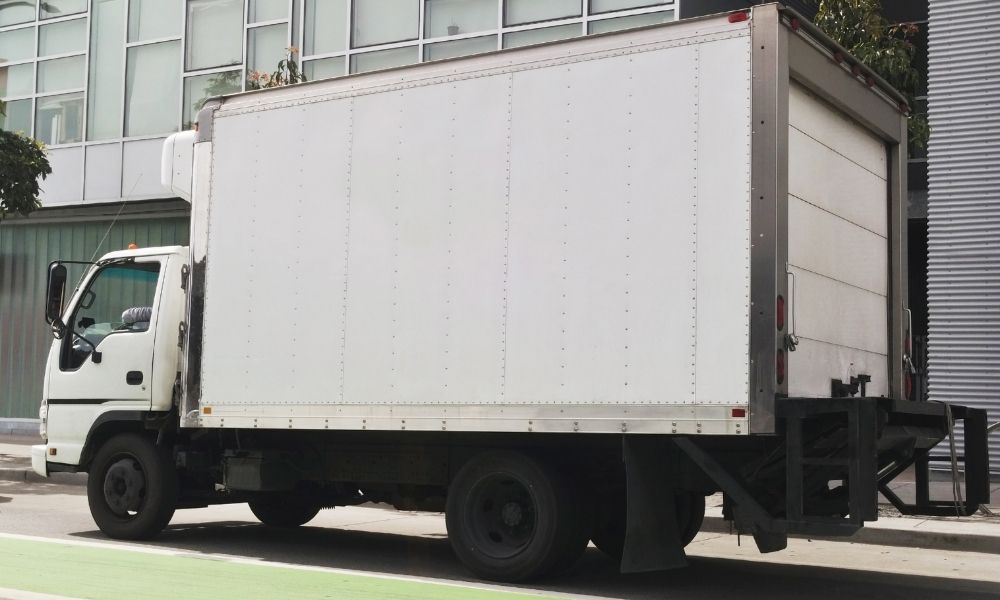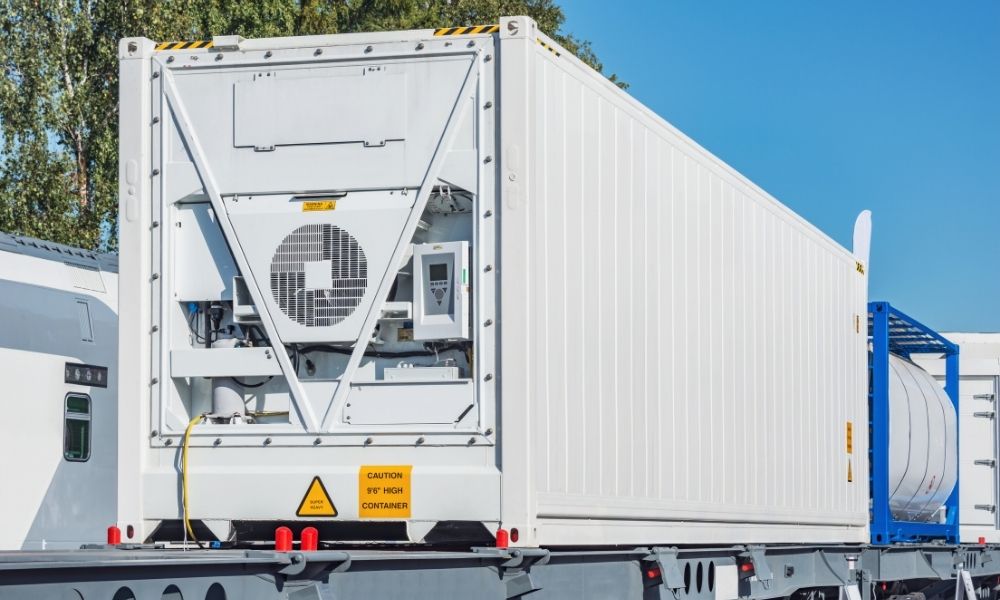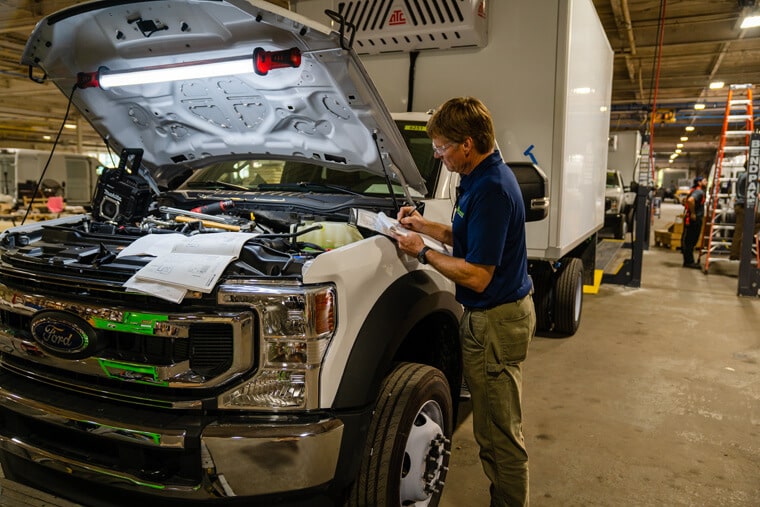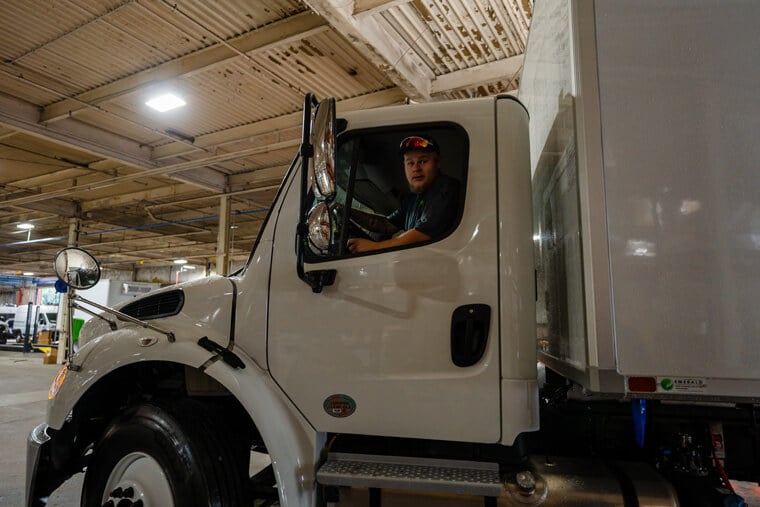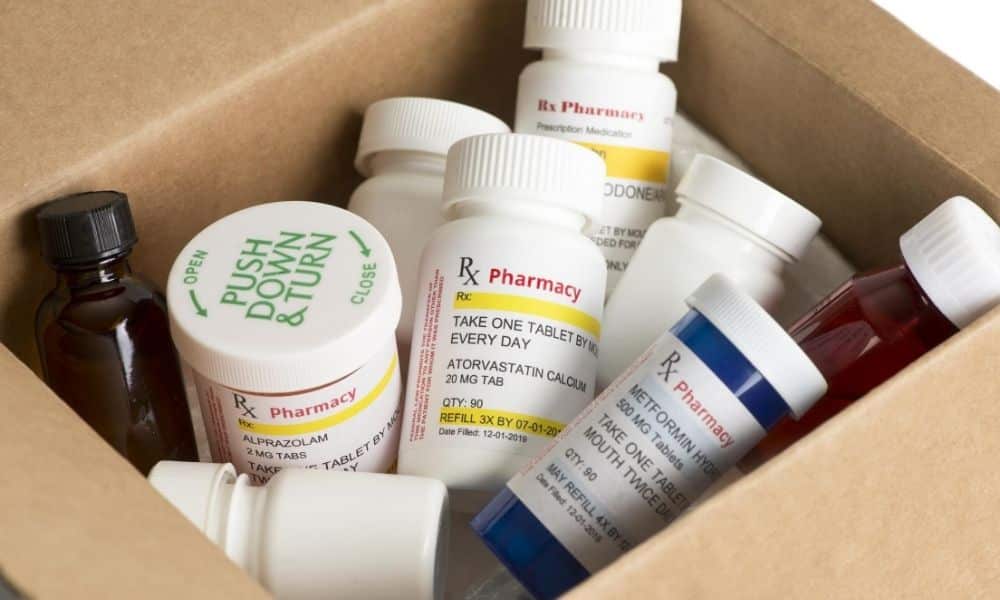
4 Tips for Safely Transporting Pharmaceuticals
Joe Dickman | August 20th, 2020
According to stats compiled by Georgetown University, 66 percent of adults in America use prescription drugs to aid their health. That amounts to more than 131 million individuals who fit somewhere along the spectrum between benefiting from and needing medicines. Also, the older someone gets, the more likely they are to fill more than one prescription at a time.
While there is a history of overmedication, one that led to increased antibiotic resistance and an opioid crisis, many prescriptions address real health dilemmas. Cancer patients, people with heart complications, and those with mental health conditions rely on secure access to their meds. Individuals who suffer from diabetes have an acute dependence on insulin and other pharmaceuticals to maintain their quality of life.
Many of these medicines cannot sustain exposure to extreme heat or cold. For this reason, you must find creative solutions for transporting them to ensure the end consumer receives the full benefit of drugs they need. To systematically improve your shipping methods, here are four tips for safely transporting pharmaceuticals.
Follow Health Regulations
In an effort to standardize how companies transport drugs, large governing bodies such as the Food and Drug Administration (FDA) formalize regulations. These apply to everyone involved—the shipper, loader, receiver, and carrier must understand their role in guaranteeing adherence to these regulations. These come from the FDA, Federal Motor Carrier Safety Administration (FMCSA), and in some cases the Drug Enforcement Administration (DEA).
Within documents issued by these organizations are comprehensive instructions meant to preserve pharmaceutical integrity. They detail what paperwork must pass through whose hands as the product progresses from one leg of the journey to the next. This includes proper sanitation guidelines that, when shared, help everyone maintain shipping vehicles and medicines. Practically, these look like regular visual inspections for pests or product deterioration before loading and thorough cleanings after drop-off. Those responsible for cleaning must record their tasks so those down the line can know if they need to clean.
On the whole, try to see these standards as tools to help you better your company’s operation rather than as an encumbering set of rules. Training your staff to rigorously follow these guidelines helps ease the at-times complicated shipping process. Just as important, doing so increases the likelihood you deliver effective medications and gain client trust.
Package Your Product Well
These regulations touch on proper packaging as well. To master the art of protecting your shipments, learn the ideal materials for the job.
Custom Cardboard Boxes
The basics are still the best. Solid, double-walled corrugated boxes allow for strong yet lightweight containment. To fit each unique product, invest in custom-made boxes. Doing so also cuts down on superfluous packaging materials you would use to compensate for ill-fitting generic boxes.
Bubble Wrap or Air Pillows
Next, prevent jostling and resultant damage from inside the box with bubble wrap or air pillows. While both are helpful for any item, these are necessities for lugging sensitive substances and/or breakable containers. Glass vials that house insulin are one of several noteworthy examples here.
Absorbents
Meanwhile, to fight airborne moisture, don’t forget to include absorbents. Doing so inside a “reefer vehicle” helps it properly cool without interference. In many cases, vermiculite absorbents do the trick.
Coolers
Some substances, including living tissue or hemoglobin, require heavy-duty cryogenic coolers to stay at an extremely cold temperature. Far beyond the cooling capabilities of a refrigerated vehicle, these coolers can freeze lower than -150 degrees Celsius to achieve this classification.
Gel Packs
Another packaging tool is the trusted gel pack. A helpful backup in case of periodic temperature fluctuations, these packs apply consistent cooling directly to stowed medicines.
Choose a Refrigerated Vehicle
While packaging protects products from direct physical or temperature-related damage, they typically cannot function alone. You must have a large-scale structure to store shipments in as well as precise cooling technology you can easily monitor and adjust. To fill this need and keep things cool for the entire trip, you need a refrigerated delivery vehicle. Ranging in size from a van to larger trucks capable of hauling up to 15,000 pounds, you pick what you need. Better yet, with Emerald Transportation Solutions, you can build your own refrigerated vehicle to fit your unique shipments.
The two keys to a refrigerated truck or van are insulation and refrigeration. Their trailer or cargo area comes completely sealed off from outside heat and cold as well as pests, mold, humidity, and grime. With this insulation in place, the simple refrigeration system can kick on and keep pharmaceuticals in good shape no matter what’s happening outside.
Prevent Theft
Another tip for safely transporting pharmaceuticals is to limit your risk of theft. Given the high cost and need for medications around the world, many people have an incentive to steal what you’re transporting for their own gain. Some do so because the drugs involved are addictive and valuable to sell illegally. Whatever the motive, preventing these illegal seizures is a high priority for the individuals responsible for shipments.
Theft Prevention Measures
While a secure cargo area is your first line of defense, your company and the people operating your vehicles need additional plans in place.
Personnel Training
Equip your staff with the ability to discern the presence of a threat. Those who permit drivers to depart with your product should consistently ensure drivers are who they say they are. In turn, drivers must keep proper identification on them at all times. For their safety and that of your loads, teach drivers to avoid contact with other risky individuals or drivers. Also, advise them to take as few stops as possible to limit downtime and time away from the vehicle.
Provide a Partner
Very simply, giving your driver backup diminishes the chance of a break-in. This also removes some of the driver’s stress from monitoring the vehicle. Each person can watch in turn and guarantee round-the-clock supervision.
Structural Assessments
Over time, your physical shield from the outside can wear down. To keep out exterior contaminants and heat as well as would-be thieves, routinely assess your cargo area’s structural integrity. By doing so, you identify weak points such as holes, cracks, or incomplete sealing that you can easily fix.
If you have specific questions about how a refrigerated vehicle can help you transport your specific medical shipments, contact our Emerald Transportation Solutions team. We have decades of experience providing all kinds of businesses the exact vehicles they need to improve. Better yet, we pride ourselves on our lightweight chassis, which saves you money at the pump and ups your company’s environmental friendliness.
Related Articles
Contact Us
Feel Free To Contact Us If You Have Any Questions
What does under DOT mean?
Questions regarding DOT requirements come up often. 10,000 lbs GVW (gross vehicle weight) and over are commercial vehicles that fall under the Department of Transportation regulatory requirements.
What is the difference between GVW and payload?
GVW or Gross Vehicle Weight is the entire weight of the vehicle including the payload. The payload weight represents the amount of cargo you are hauling.
What is a self-powered unit and a vehicle-powered unit?
A self-powered unit has its own fuel source and will run independent of the truck. This is the heaviest and most expensive option. While vehicle-powered units run off the engine via a compressor mounted on the engine. These are less expensive and lighter in weight but you must run the truck or plug the electric standby into shore power.
What does K-factor mean and why is that important?
K-factor is a term that stands for the overall insulating value of the container (truck body). Quite simply the lower the K-factor the better the truck body will be able to maintain a given temperature and require less energy to do so.
How much lighter is a Poly Van vs a US spec body?
Poly Van bodies are very light. On average we estimate we are 75-150 lbs per foot lighter than a traditional sheet and post foamed in place body. These weight savings translates to less fuel burn and less CO2 emissions, along with added payload, the most important benefit.

